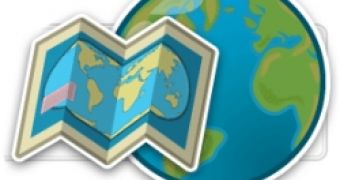Google is always expanding the features in Google Earth either by adding new areas to explore – first the ocean, then the sky and so forth – or by releasing new custom layers offering users all sorts of interesting information. Now Google has updated the ocean layer, depicting some of the more interesting and exciting marine expeditions and adding some recent or ongoing expeditions complete with videos and audio commentary.
“Today we've updated our Ocean Expeditions layer in the Ocean folder in Google Earth. Each ship icon represents the most recent post from either a live expedition or one within the last 6 months or the post from the beginning of a historical expedition,” Pete Giencke, Michael Rubinstein and Jenifer Foulkes from the Ocean in Google Earth team wrote. “We recently added the US Coast Guard Healy arctic icebreaker expedition, followed the Scripps Seaplex expedition to the Pacific garbage patch, and tracked Roz Savage on the second leg of her solo global row from Hawaii to Tarawa.”
There are already over 40 expeditions in Google Earth with landmark voyages from National Geographic's Ocean Now Pristine Seas Expedition, the Woods Hole Oceanographic Institution, Scripps Institute of Oceanography, the Cousteau Society, the Census of Antarctic Marine Life, the US National Oceanic and Atmospheric Administration and others. They offer users a chance to take part in historic expeditions without actually getting wet.
But the more interesting part is tracking ongoing expeditions live from around the world like the National Geographic's Ocean Now trip to Cocos Island. You can follow the progress either at the expedition's website or in Google Earth and each important step is accompanied by either a post or even photos and videos of the underwater adventures.
Some ocean expeditions in Google Earth even come with their own voice commentary, just like the ones used to describe the Apollo expeditions to the moon, so users can get a better understanding of what they are looking at. If you have Google Earth 5.0 installed all you need is the KML file Google has provided to add the ocean expeditions layer.

 14 DAY TRIAL //
14 DAY TRIAL //